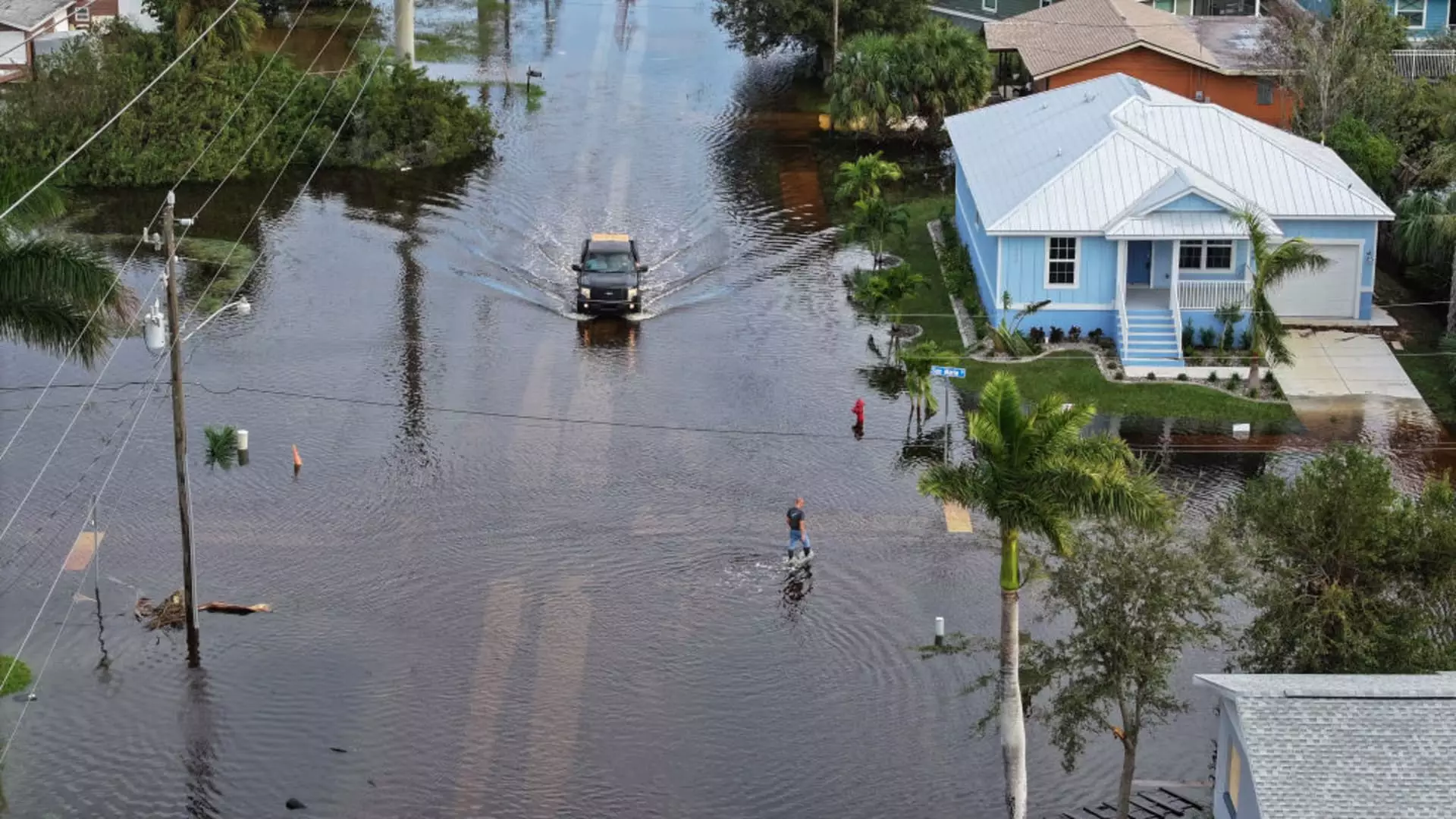As we enter another hurricane season, many of us find ourselves seemingly unscathed from the reality of nature’s fury. Yet, as experts warn of a potential barrage of storms, it’s crucial to realize that neglecting adequate preparations—both physically and financially—may lead to catastrophic consequences. The National Oceanic and Atmospheric Administration has waved a red flag, forecasting a 60% probability of above-average Atlantic hurricane activity this year, with predictions of up to 19 named storms. This isn’t just statistical noise; it’s a clarion call for every homeowner to evaluate their insurance and emergency plans swiftly.
It’s easy to dismiss insurance as just another monthly expense, but this perspective can be dangerously misguided. Experts, including Charles Nyce, a professor of risk management and insurance at Florida State University, emphasize the necessity of not only securing your property but understanding the intricacies of your insurance coverage. Many individuals wait until it’s too late to reassess their policies—often during a crisis when their insurers may restrict changes. By taking preemptive action now, homeowners can avoid the frantic panic that sets in when a storm is bearing down.
Understanding Coverage: The Underinsurance Epidemic
The financial ramifications of underinsurance are staggering. Unfortunately, many are operating under the illusion that their policies adequately cover potential reconstruction costs, particularly in light of rising labor and material expenses. Take a moment to review your homeowners insurance limits. If the value of your property has increased—whether due to market fluctuations or renovations—you could be severely underinsured if you haven’t updated your policy accordingly. The American Property Casualty Insurance Association advises that properties must be insured for at least 80% of their total replacement costs to avoid the nightmare of receiving a diminished payout post-disaster.
Moreover, the alarming statistics surrounding the costs of construction cannot be ignored. Recent analyses show that labor costs have surged by over 36% in the last five years alone, while materials have skyrocketed by nearly 43%. Why gamble your financial future with outdated coverage? Engage with your insurer, review your home’s current value, and recalibrate your policies to reflect that reality. There’s a stark difference between a mere number on a certificate and a safety net that will help you rebuild after a catastrophic event.
Deductibles: The Double-Edged Sword
It is imperative to consider not only your policy limits but also the accompanying deductibles that come into play during a claim. The misconception that higher deductibles always equate to long-term savings can lead to a dangerous financial cliff. While increasing your deductible may lower your premium, it also places a huge burden on your shoulders when disaster strikes. If you’re raising your deductible, ensure you have the necessary liquid assets set aside to cover that cost in the event of a storm.
Furthermore, many homeowners are unaware of specific provisions such as wind deductibles. A wind deductible may significantly affect how much you pay out-of-pocket when dealing with hurricane damages. This specific deductible is usually set as a percentage of your home’s value and could lead to payouts that leave you reeling financially. Choosing higher deductibles might seem tempting, but it can mean that the storm not only wreaks havoc on your home but also on your finances.
Flood Insurance: A Crucial Component
Many individuals erroneously assume that their homeowners insurance covers flood damage. In an ironic twist, floods account for a staggering 90% of disaster-related damage across the United States, yet less than 1% of homes in some flood-prone regions carry flood coverage. This shocking disparity should serve as a wake-up call. Securing a flood insurance policy, ideally through the National Flood Insurance Program, is not only prudent but necessary, regardless of your locality.
Unfortunately, timing is everything. Flood policies often come with a 30-day waiting period before they become effective, so waiting until a storm looms is a grave error. If you haven’t invested in flood insurance yet, now is the time to act.
If your home faces significant flood risks, seek options for excess flood insurance that would cap off the deficiencies of a traditional flood policy. This proactive approach is not merely wise; it’s a financial lifeboat in turbulent waters.
Your Role in Disaster Preparedness
The onus of preparedness falls squarely on the shoulders of homeowners. Proactive measures that include securing appropriate insurance coverage and stocking up on essential supplies cannot be overlooked as mere checklists. They are vital lifelines. Every family member must engage in the planning process, ensuring a collective understanding of safety measures, evacuation routes, and emergency contacts.
As hurricane season unfolds, let your preparation not be an afterthought marred by panic but an empowered strategic decision. The storms may come and go, but a well-prepared homeowner will weather the turmoil, standing resilient amidst the chaos. The time to act is now, and every moment counts.

